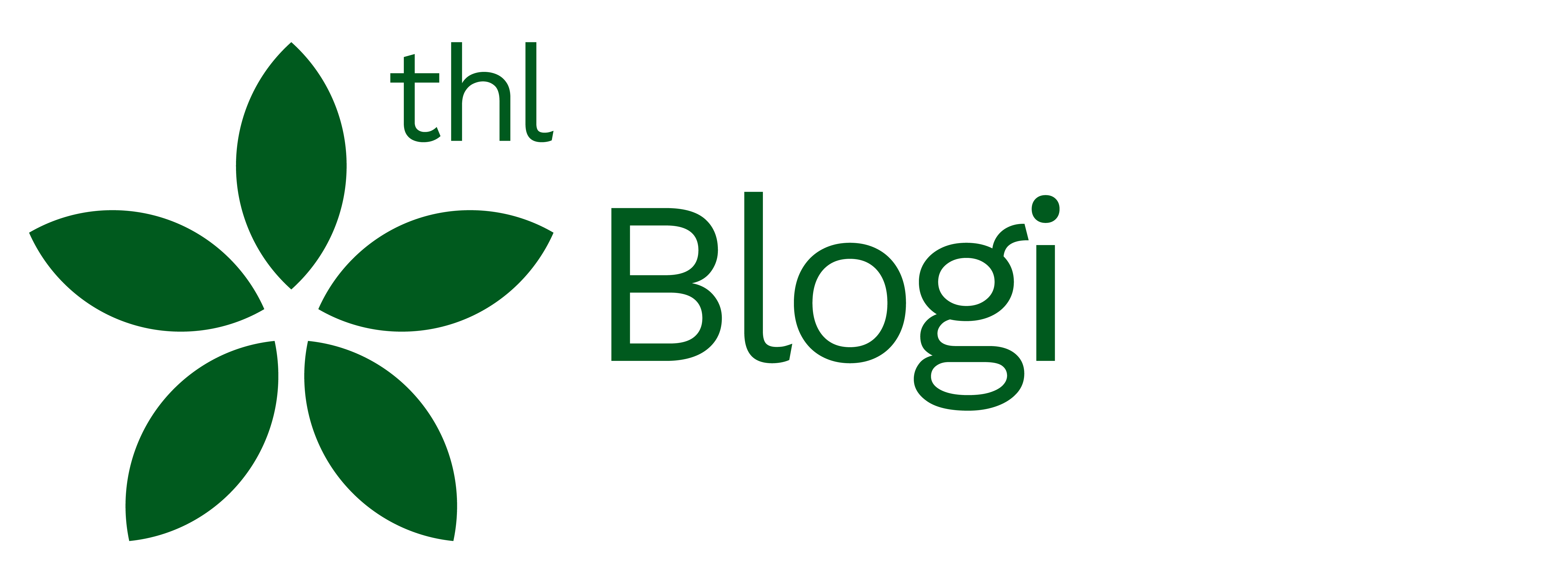The new national strategy for rare diseases 2024–2028 has been published.
Rare diseases form a significant group of more than 7,000 different diseases. Whatever the disease, the challenges related to diagnostics, treatment and coping with everyday life are often similar.
A national programme for rare diseases has previously been drawn up in Finland twice, for the years 2014–2017 and 2019–2023. The key objectives of these programmes include increasing knowledge and competence, improving diagnostics and treatment, supporting patient participation and equality, developing the service system, promoting research and coordinating activities.
After two national programmes, many of the objectives set are yet to be achieved. Awareness of the diseases has increased and the efficiency of the coordination of treatment and activities has improved. Networking has increased both nationally and through the European Reference Networks (ERNs). However, there are still challenges and development needs related to the everyday coping and inclusion of persons with rare diseases and the implementation of diagnostics and treatment. As a result of the health and social services reform, the links between the new wellbeing services counties and the centres of excellence for rare diseases are only beginning to emerge.
Goals of the new strategy
The new national strategy published in January 2024 as part of THL’s Directions series supplements the previous programmes. The goals set in it are:
- Building registers and knowledge base and sharing information
- Strengthening structures
- Preparing care and service pathways
- Ensuring the availability of medications and care and assessing their benefits individually
- Safeguarding the conditions for the research of rare diseases
- Strengthening the inclusion of patients with rare diseases.
One of the most important goals in the programme is the implementation of the Orpha codes for rare diseases everywhere in specialised healthcare. It makes building registers and a knowledge base and sharing information possible in future. THL participates in the EU project OD4RD2 aimed at promoting the national implementation of Orpha codes in the Member States.
Another key goal in the new strategy is to strengthen and establish functions related to rare diseases, such as the units for rare diseases in university hospitals, the ERN centres of excellence and the coordination of the activities. THL participates in the EU’s JARDIN project aimed at integrating the ERN centres for rare diseases into national healthcare and at drawing up treatment pathways.
How do we continue from here?
The new strategy is significantly shorter than the previous ones. The goals have been listed on one page, which makes familiarisation with them and their introduction to different stakeholders easy.
In the forthcoming programme period, building the knowledge base of rare diseases and strengthening the structures will play the key role. These measures will help to highlight rare diseases as an important group of patients alongside the most common diseases when health and social services are planned. Better services will enable persons with a rare disease to have a better quality of live and make their equality in society possible.
The article is part of the Disability in Society blog series
The Disability in Society blog series deals with phenomena connected with disability and services for persons with disabilities in our society. The concept of disability has changed with time. Issues that are important today include human rights, participation, self-determination, access, and accessibility.
Further reading:
National programme for rare diseases 2024-2028 (Finnish Institute for Health and Welfare THL 2024)
National programme for rare diseases 2019–2023 (STM)
National Plan for Rare Diseases 2014–2017: Steering group report (STM)
